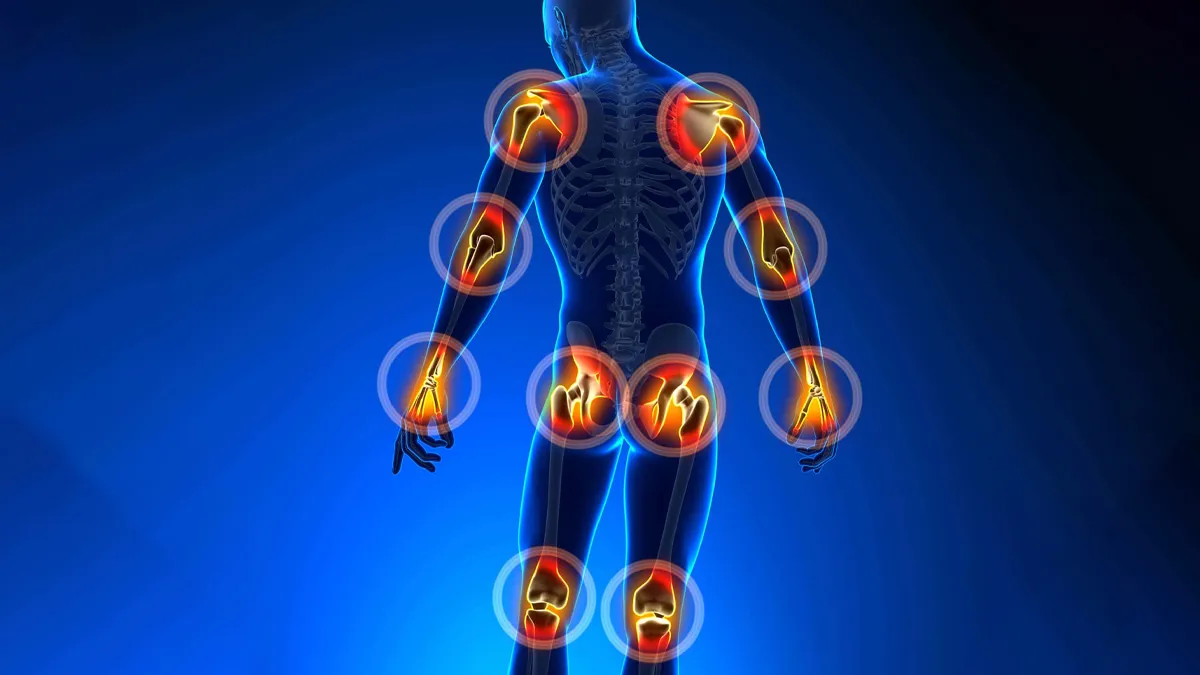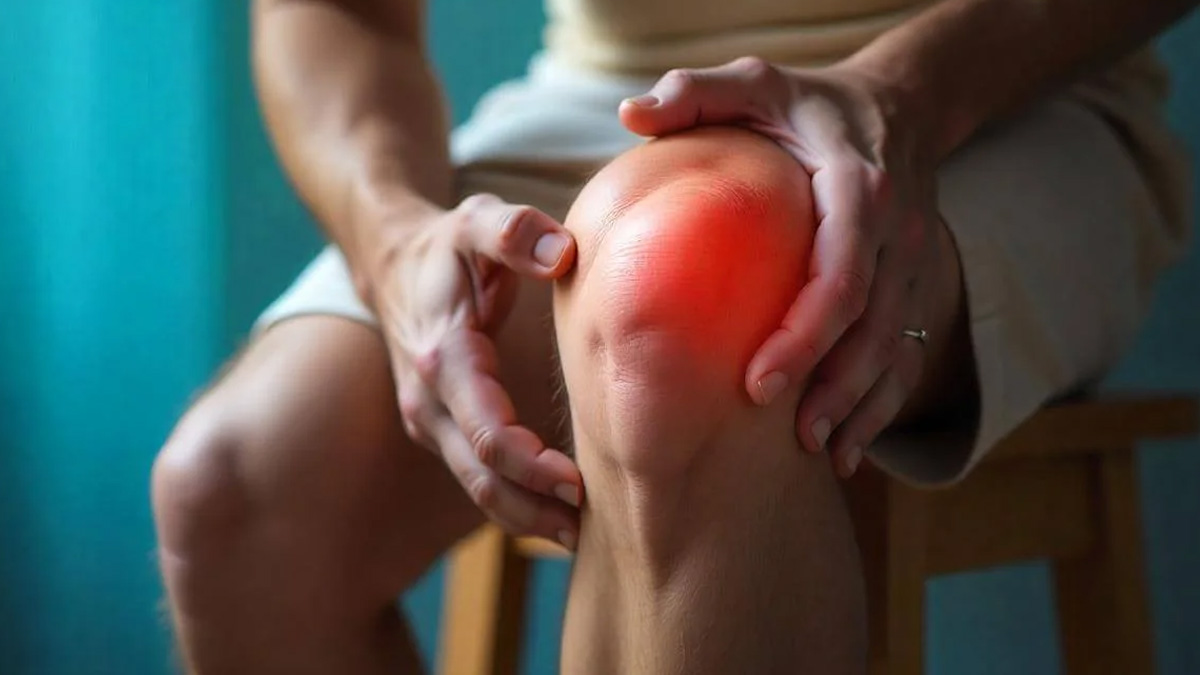
When you’re young, working long hours, commuting, sitting at a desk, it’s easy to blame joint aches on poor posture or overuse. Many of us shrug off the stiffness, swelling, or pain in our wrists or knees as “just part of life.” But increasingly, doctors are seeing young adults whose symptoms don’t fit the usual pattern. The hidden cause in many cases is early inflammatory arthritis, including autoimmune disorders like rheumatoid arthritis (RA). Read ahead to know what our expert has to say about the problem which often goes unnoticed.
Table of Content:-
Why Millennials and Gen Z Should Be Aware![1 - 2025-10-08T153047.135]()
According to Dr Aruna S. Malipeddi, Senior Consultant Rheumatology at Arete Hospitals, “Young adults often dismiss morning stiffness or mild joint swelling as fatigue or posture issues. But when these signs persist, they may indicate that the immune system is attacking the joints, and early detection can preserve long-term joint health.” By the time someone finally sees a doctor, silent joint damage may already be underway.
Unlike mechanical pain from posture or overuse, inflammatory arthritis is driven by the body’s immune system reacting against its own tissues. Catching it early gives you a chance to control the disease and prevent permanent joint damage.
ALSO READ: Does Protein Help In Height Growth? Expert Tells
How Inflammatory Joint Pain Feels Different![2 - 2025-10-08T153049.040]()
How can you tell the difference between posture-related aches and something deeper? Dr Malipeddi notes these key patterns:
- Morning stiffness that lasts more than 30 minutes
- Swelling and warmth around joints, sometimes visibly red
- Smaller joints affected, like wrists, fingers, ankles, rather than just the back or knees
- Unusual fatigue, a deep exhaustion that rest doesn’t completely fix
- These signs don’t always appear together, but their presence, especially early in life, warrants a closer look.
What Triggers Autoimmune Joint Conditions
According to Dr Malipeddi, there’s no single cause behind conditions like RA. Instead, genetic vulnerability may set the stage, with environmental or lifestyle triggers (infections, stress, smoking, hormonal changes) flipping the switch. The body’s immune system starts attacking the synovium (joint lining), causing inflammation, pain, cartilage damage, and possibly bone erosion over time.
Dr Malipeddi says, “It’s a complex mix of genes that may predispose you, but your environment and habits influence whether the disease actually develops.”
ALSO READ: Would You Break Your Legs to Stand Taller? Exploring The Leg-Lengthening Surgery
Risks of Missing Early Clues![3 - 2025-10-08T153051.774]()
One of the biggest hurdles is perception. Dr Malipeddi explains that in India, many believe arthritis is an “old age” disease. As a result, a 25- or 35-year-old may spend months trying home remedies, painkillers, or general physiotherapy before consulting a rheumatologist. But that delay may come at a cost because joint damage that occurs early is sometimes irreversible.
However, medical advances today allow many patients to manage symptoms, slow disease progression, and preserve joint function if treatment starts early.
What Treatment Looks Like Today
The treatment landscape for rheumatoid arthritis and related autoimmune joint diseases has evolved. Dr Malipeddi explains that it now includes:
- Nonsteroidal anti-inflammatory drugs (NSAIDs) for pain and swelling
- Disease-modifying antirheumatic drugs (DMARDs) that act on the underlying immune process
- Biologic therapies targeting specific parts of the immune system
- Physiotherapy and lifestyle interventions like exercise, diet, and stress reduction
- Regular monitoring to adjust therapy based on inflammation markers
Dr Malipeddi points out, “With the right combination of therapy and care, many patients can achieve remission or low disease activity, and lead normal lives.”
A World Health Organization report underscores that musculoskeletal disorders—including rheumatoid arthritis affect people across all ages and are not just diseases of older adults.
Taking Charge of Your Health
If you're in your 20s or 30s and experiencing joint pain that doesn’t match a clear mechanical cause, consider a rheumatology evaluation. Dr Malipeddi emphasises that early tests, such as blood markers (e.g., rheumatoid factor, anti-CCP, CRP, ESR) and imaging (X-ray or MRI), can help distinguish inflammatory disease from other causes. Don’t dismiss your body’s signals. A sore back after sitting is common, but swollen fingers that linger and worsen may not be.
ALSO READ: What Happens To Your Body When You Stop Drinking Soft Drinks?
Conclusion
Joint pain in young adulthood is sometimes brushed off, but it might not be benign. Inflammatory arthritis can strike early and quietly. What matters most is listening to your body, seeking expert advice early, and acting decisively. With modern therapies, early detection and targeted treatment offer the real promise of preserving joint function, mobility, and a full life.
Also watch this video
How we keep this article up to date:
We work with experts and keep a close eye on the latest in health and wellness. Whenever there is a new research or helpful information, we update our articles with accurate and useful advice.
Current Version
Oct 08, 2025 18:29 IST
Published By : Vivek Kumar


